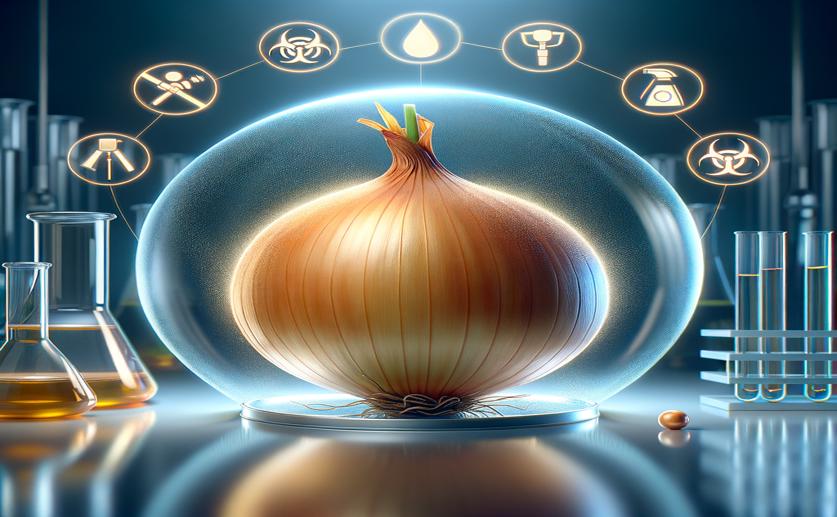
How Royal Jelly Protects Against Pesticide Toxicity: Insights from Onion Studies
Greg Howard
2nd August, 2024

Image Source: Natural Science News, 2024
Key Findings
- The study by Giresun University examined the toxicity of the pesticide cypermethrin and the protective effects of royal jelly (RJ) using common onions as a model
- Cypermethrin exposure reduced growth parameters, increased genetic damage, and caused significant cellular and DNA damage in onions
- Royal jelly partially restored the negative effects of cypermethrin, but even the highest dose did not fully return the parameters to normal levels
References
Main Study
1) A comprehensive analysis of royal jelly protection against cypermethrin-induced toxicity in the model organism Allium cepa L., employing spectral shift and molecular docking approaches.
Published 31st July, 2024
https://doi.org/10.1016/j.pestbp.2024.105997
Related Studies
2) Therapeutic effects of royal jelly against sodium benzoate-induced toxicity: cytotoxic, genotoxic, and biochemical assessment.
3) Monitoring genotoxic, biochemical and morphotoxic potential of penoxsulam and the protective role of European blueberry (Vaccinium myrtillus L.) extract.
4) Oxidative stress and inflammation following sub-lethal oral exposure of cypermethrin in rats: mitigating potential of epicatechin.



 14th May, 2024 | Greg Howard
14th May, 2024 | Greg Howard